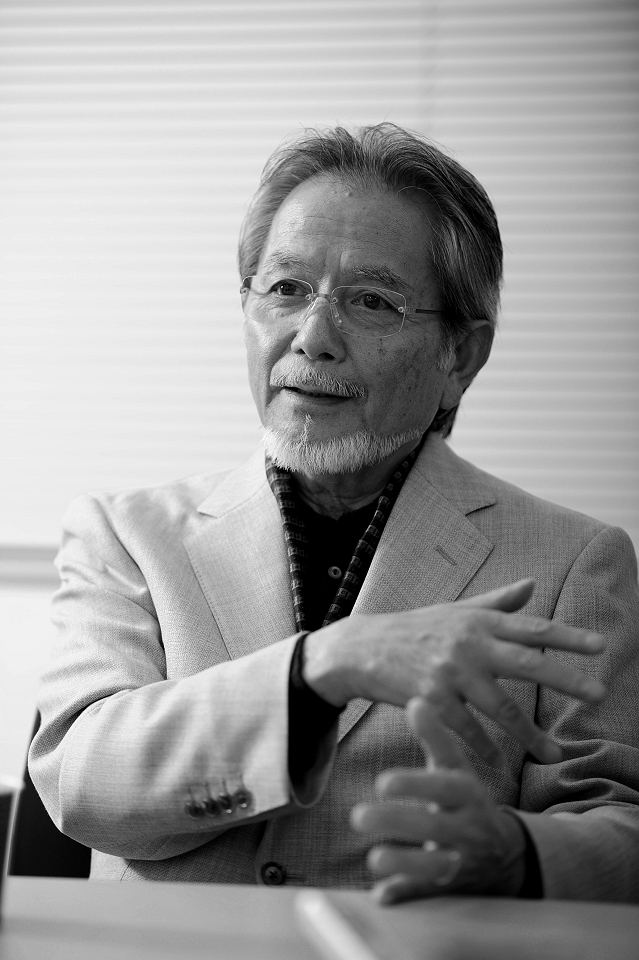Citizenship United States | Name Scott Tsumura | |
 | ||
Born January 1, 1942 (age 83) ( 1942-01-01 ) Nagoya, Aichi, JapanJapan Education Osaka University of Commerce(Economics) Occupation Co-Founder and Executive Producer of Tozai, Inc. (Tozai Games), Co-Founder of Tozai Games Japan, Inc. | ||
Scott Tsumura (Japanese: スコット津村) is a Japanese-born American video game producer. He has produced and localized a number of iconic video games such as Spelunker, Lode Runner, Moon Patrol, Kung-Fu Master and R-Type Dimensions. He is the co-founder and executive producer at Tozai, inc, based in Bellevue, Washington.
Contents
- with the wind scott tsumura
- Early career
- Irem
- US
- Job titles
- Major works
- Perspectives
- Related people
- Hobby
- References
Although Tsumura's Japanese given name is Kenji, he adopted the nickname Scott shortly before moving to America at the suggestion of a friend. The name resonated with Tsumura due to his deep admiration for Scottish historical novelist, playwright and poet, Walter Scott. He became a US citizen in 2005.
with the wind scott tsumura
Early career
After graduating from college, Tsumura started working as a bartender at Kobe Club. Since then, he's had seventeen or eighteen career changes, working in sales, plumbing, civil engineering, apparel, architecture, wholesale, trading, driving and painting. Tsumura moved twelve times and lived in various places all around Japan, including Kobe, Osaka, Nagoya and Tokyo.
Irem
Ten years after graduation, Tsumura got a job in the slot machine industry. At the time, a German slot machine called 'Rotamint' was very popular. It had been converted to work with Japanese 100-yen coins and was said to be bringing in more than 1.5 million yen a month.
A year later, the Businesses Affecting Public Morals Regulation Law was revised and it became illegal to use real money with slot machines, and the use of tokens was enforced. Rotamint machines were soon replaced by video games. Tsumura's acquaintance, Kenzo Tsujimoto, realized that this development might be a potential boon for the video game industry and founded a game company called IPM (which later became Irem, before splitting into Apies and Irem Software Engineering). Tsumura joined IPM and oversaw the distribution of video game cabinets before he launched a global sales department.
U.S.
In May 1988, based on an idea by Doug Carlston, the CEO of Broderbund, Tsumura moved to the U.S. to establish a joint venture located in San Francisco called, Kyodai Software Marketing, with 13 Japanese PC game companies.
Minoru Arakawa, the first CEO of Nintendo of America, asked Tsumura to help him found an internal American development studio. The result was Nintendo Software Technology. For 4 years Tsumura ran NST as COO/President. He then left NST and founded and/or managed a few of other companies and studios, such as Amaze Entertainment (Black Ship Studio), Kemco US and MTO US, before returning to Tozai Inc. Tozai Inc. (Tozai Games), a consulting firm from 1996 to 2007, consulted to many companies, such as Mitsui & Co., NEC Interchannel, Bandai, Eidos, MicroProse and Hasbro, were now developing their own games. Tsumura and Boughten oversaw Tozai Games' acquisition of the intellectual property rights to Lode Runner and Spelunker, and co-founded Tozai Games with Takuya Banno. Tsumura then produced titles such as the Xbox Live Arcade version/Xbox One of Lode Runner, Lode Runner X/Lode Runner Classic for smartphones and Spelunker HD (PlayStation 3), Spelunker Collection (PlayStation 3) and Spelunker World (PlayStation 4).
Job titles
Major works
Perspectives
The first video game to ever really capture Tsumura's imagination was Lode Runner, which requires reflexes like action games and strategies like puzzle video games. He believes that Lode Runner originated the idea of a built-in level editor.
Tsumura was especially attracted to the unique underground adventure theme of Spelunker. He made the Family Computer Disk System version extremely challenging so that players could learn to strategize and feel a sense of accomplishment as they play. As he puts it, "Home video games at that time didn't have much incentive to compel players to try again, whereas arcade games had to make players feel incentivized to rise to the challenge within the first few minutes."
Tsumura responds to Tetris because he feels it is a profound game, yet so simple that anyone can play. What's more, he thinks there can't be an in-depth conversation about the history of video games without mentioning Tetris.
Releasing games is like selling fun for Tsumura. Even after changing careers so many times in his young adulthood, he ended up spending almost 40 years in the video game industry. He believes that Spelunker, Lode Runner and Tetris changed his life forever.
Related people
Hobby
Tsumura's hobby is taking snapshots of people, catching them in unguarded moments. He also enjoys landscape photography. He loves rangefinder cameras, especially Leica, frequently posting his latest photos and essays on his blog, The Wind from Seattle, which is sponsored by Yodobashi Camera. In April 2013, Tsumura held his first solo photography exhibition, "With the Wind – Scott Tsumura Photo Exhibit" at Yodobashi Camera's Gallery Instance in Tokyo.
His personal photo blog, shot & shot is updated frequently. The blog's title was inspired by his rifle shooting experience; according to Tsumura both marksmanship and photography have targets that require a similar degree of precision. Tsumura ranked second in Osaka in rifle marksmanship and thirteenth overall in Japan. Tsumura also loves jazz and classical music, especially romantic music from the 19th century to early 20th century. His photography takes inspiration from the evocative emotional range present in great classical music. His favorite scores are Symphony No. 3, Symphony No. 8 (Dvořák) and Symphony No. 2.
